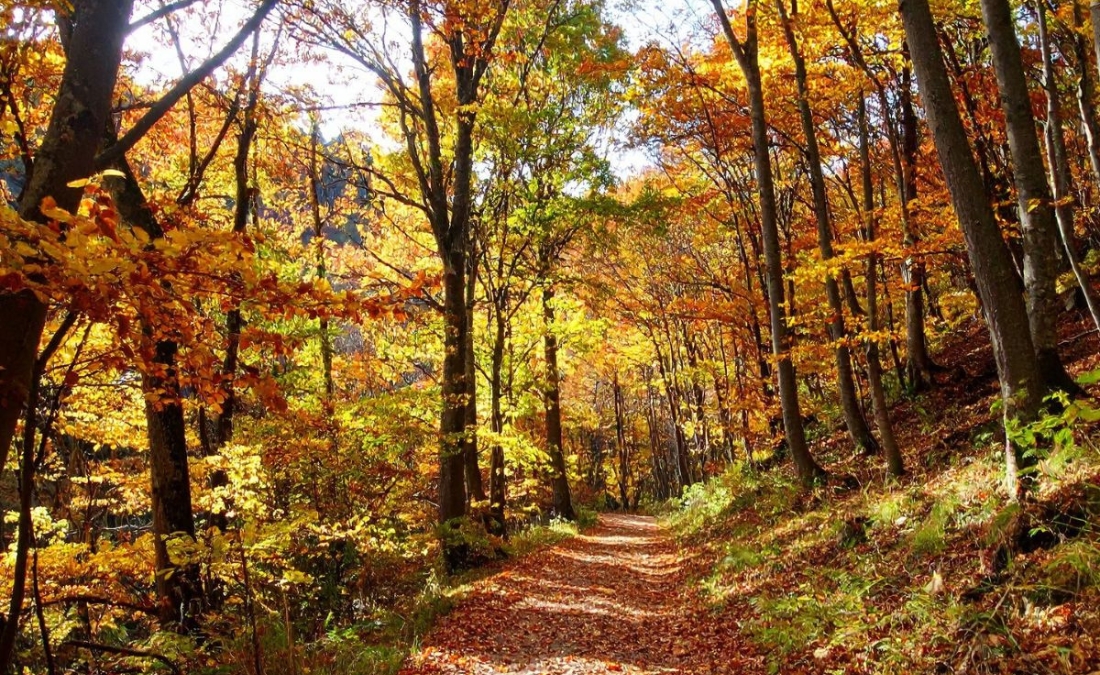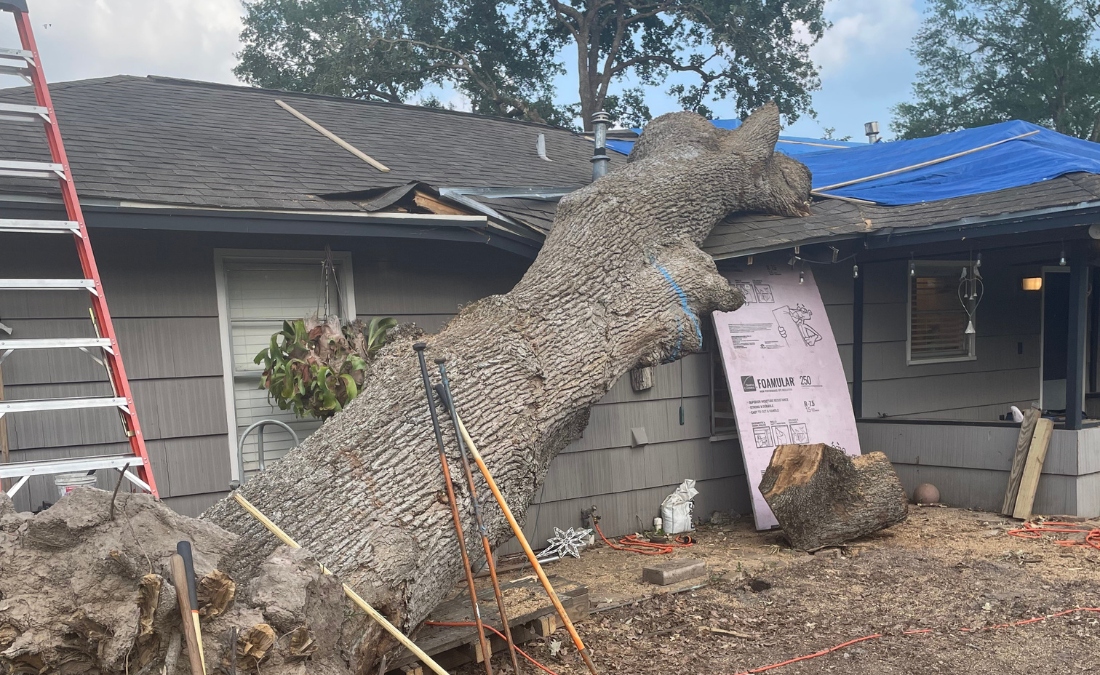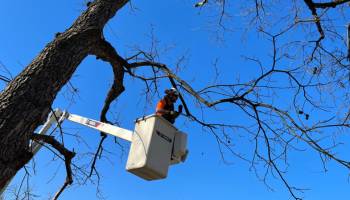3 Common Wichita Tree Insects Homeowners Should Watch For
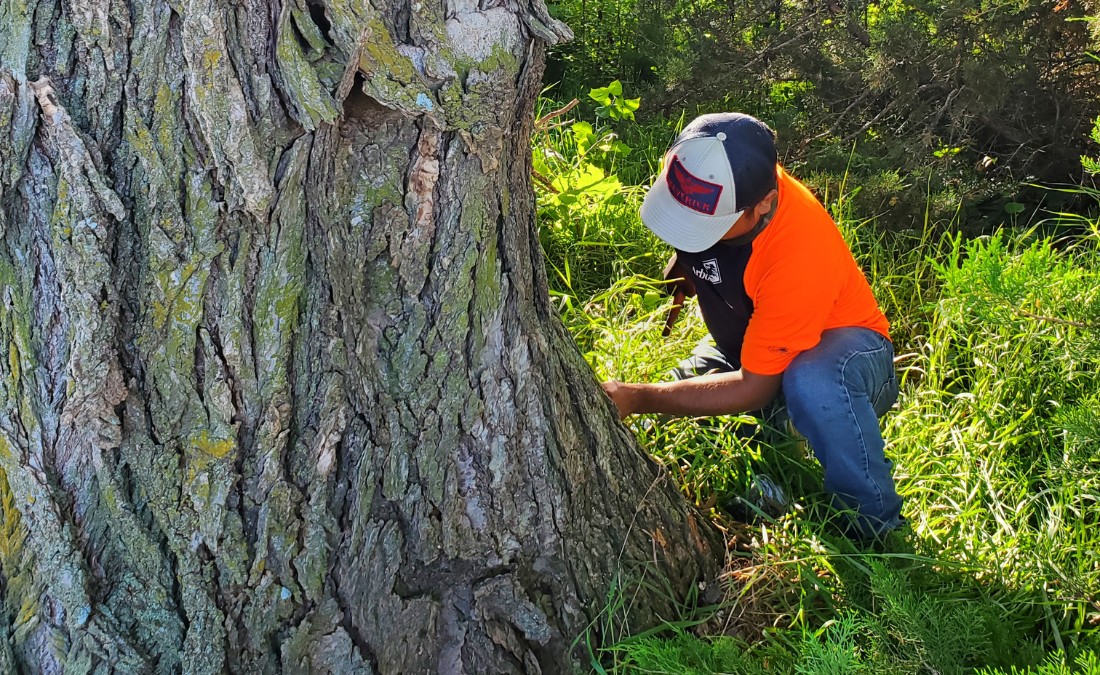
Wichita trees face serious threats from damaging insects. Arbor Masters reveals three common pests and what homeowners can do to prevent infestations.
While insects are a natural part of our ecosystem and many of them are beneficial for your property, pests that attack your trees are a major concern. These bugs can damage or kill trees, necessitating expensive removal and lowering property value. Knowing the common tree insects and what to look for while living in Wichita, Kansas, will help protect your trees before the infestation becomes too extreme.
Key Takeaways:
- Early detection through regular tree inspections is crucial for managing tree pests effectively, as many insects, like scales, bagworms, and bronze birch borers, can cause severe damage if left unchecked.
- Some insects, like bronze birch borers and scale insects, can severely damage or kill trees if not adequately managed.
- Professional intervention from Certified Arborists is often necessary for effective pest control, especially when dealing with severe infestations or when specific timing of treatments is crucial.
- Tree stress makes plants more vulnerable to insect attacks, so maintaining tree health through proper watering, fertilization, and mulching is essential for pest prevention.
3 Wichita Tree Insects to Watch Out for and Protect Your Property From
As the temperatures rise and spring arrives in Wichita, so do tree insects that threaten your landscape. These pests can cause plenty of damage, from minor aesthetic harm to outright killing the tree.
To help protect trees from these pesky bugs, homeowners must inspect them regularly. But for the inspection to be effective, you must know what to look for and what to do when you detect tree insects to protect your property from further harm.

1. Scale Insects
Have you ever looked at your tree and noticed bumps on it and wondered what they are? This is not a natural development – it is scale insects. These hard-to-kill pests can threaten your trees.
The term “scale insects” does not describe a single species but thousands of closely related species. We divide scale insects into two broad categories:
- Soft Scales: Soft scales are the larger of the two and have a more rounded appearance. They have a waxy covering that is a part of their body, and they produce honeydew as they feed on your tree.
- Armored Scales: Armored scales develop a protective shelter that is not attached to their body. The shelter protects eggs and nymphs from the environment and predators. Armored scales do not leave honeydew behind.
Damage from scale insects can include:
- Yellowing leaves
- Wilting leaves
- Stunted growth
- Branch dieback
- Death of the tree in cases of severe infestation
Scale Insect Management and Prevention
Fast action will prevent scale insects from gaining a foothold on your tree. Some tasks you can do to manage scale include:
- Inspect Your Trees: Scale insects are easier to spot when they have their protective coating. To find the nymphs before they develop their shells, place a piece of double-sided tape on the tree and look for any nymphs on it twice a week.
- Keep Your Plant Stress-Free: Scale thrives on stressed plants, so do what you can to keep them vigorous.
- Apply Insecticides: Professionals have a variety of treatment methods available to deal with scale insects in each season.
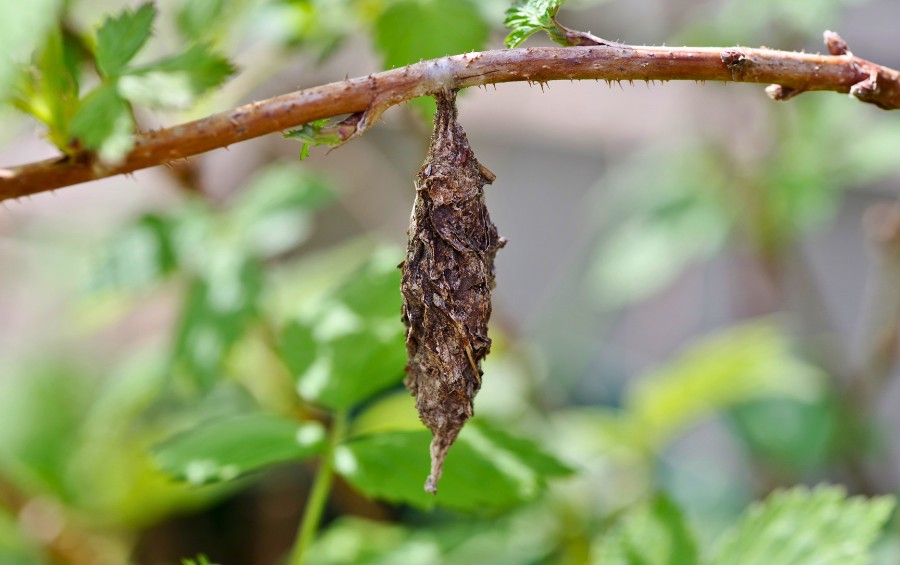
2. Bagworms
Bagworms are a major problem in Wichita and attack numerous tree species. Conifers, such as cedars and pines, are the most common hosts for bagworms, though they also attack deciduous trees like boxelder, sycamores, and maples.
Once bagworms find an appropriate host, they begin feeding on it and constructing the silken bag they take their name from. These bags are brown and hang down from the tree. It’s easy to confuse them at a glance for pine cones hanging from a branch, but a close inspection will reveal the insect. The bags help protect the larvae from predators like birds.
“Bagworm damage will ramp up as the year progresses and the larvae grow. By the end of the year, you may notice defoliation of your tree or shrub, though the amount will depend on the size of the plant and the infestation. Extensive feeding over many years, especially of conifers, can lead to the complete defoliation and death of the plant.” – Cody Siegrist, Plant Health Care Specialist at Arbor Masters
Bagworm Management and Prevention
There are two main ways a homeowner can control bagworm populations that are effective in Sedgwick County.
The first method is cultural control. This process involves handpicking the bags off your tree or shrub and depositing them in soapy water for at least 15 minutes. Then, you’ll dump the bucket into a location with plenty of sun. The downside of cultural controls is that you’ll have to get rid of every bag, as even one bag can lead to 1,000 new bagworms next season. And some bags may be impossible to reach on a tall tree.
Insecticides are the other primary management option. Timing is crucial to deal with bagworms, as insecticides are best when the larvae are ⅛ to ¼ inch long. Have an arborist handle the job to ensure the application timing is appropriate. They’ll set up a treatment schedule for maximum effectiveness.
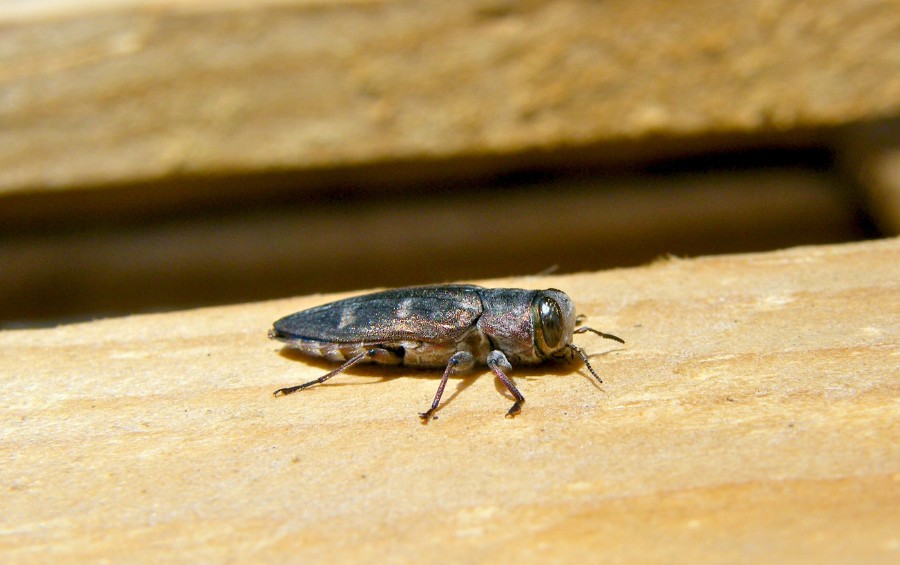
3. Bronze Birch Borer
Birches are common trees in Wichita landscapes and forests. However, they face a threat from the bronze birch borer. The typical birch species this pest targets include:
- Paper birch
- Yellow birch
- Gray birch
- European white birch
Bronze birch borer is a wood-boring beetle that attacks trees in its larval form. The larvae feed on the tree’s inner bark, eventually disrupting its ability to transport nutrients from the canopy to the roots and vice versa. Extensive damage will completely restrict nutrient flow in the tree, leading to mortality and the necessity of removal.
Identifying bronze birch borer damage can be difficult as most of the damage occurs under the bark. Keep an eye on your tree’s canopy, and look for signs of discolored leaves or stunted growth. Then, look at the trunk for small (about ⅕ inch wide) D-shaped holes with rust-colored sap. These are the exit holes that the bronze birch borer makes upon leaving the tree.
Bronze Birch Borer Prevention and Management
Prevention is often the best choice when dealing with bronze birch borer, as it is difficult to save a tree once the infestation is too significant. Keeping your tree healthy and stress-free is a simple way to give it more vigor against bronze birch borer, as the insect tends to attack weaker trees.
Once the insect is present, management is complex. Systemic insecticides can control the adult population that feeds on the leaves and can control larvae in the infested tree. However, these insecticides can’t reverse the harm the pest has already done to the birch. If the damage is too extreme, removal is the only option to prevent the pest from spreading to another tree.
General Tips to Protect Your Trees From Insects
While treatment depends on the specific insect involved, healthy trees are far more resilient to pests than stressed or weakened ones. A few simple tree care practices can go a long way in preventing infestations:
-
Provide Supplemental Water: A prolonged drought can weaken trees and make them more vulnerable to insect attacks. Be sure to provide supplemental watering when rainfall is scarce.
-
Apply Mulch: A 2–4 inch layer of mulch helps retain soil moisture, regulate temperature, and reduce competition from weeds – all of which support root health.
-
Fertilize When Needed: Over-fertilizing can do more harm than good. Fertilize your trees if a soil test confirms a nutrient deficiency or if the tree shows poor growth.
Keeping your trees healthy is one of the best long-term defenses against insect damage and infestations.
Frequently Asked Questions About Tree Insects in Wichita
The world of managing insects is complicated and often full of confusing information and terminology. To help you better understand the threats your trees face, we’ve compiled some common questions to hopefully answer your questions.
Can tree insects spread from my neighbor’s trees to mine?
Yes, insects can spread from your neighbor’s trees. This is why you must remain vigilant of any signs of pests in the area and help practice community-wide insect control to protect Wichita’s local ecosystem.
How often should I have an arborist inspect my trees?
A yearly inspection from an ISA Certified Arborist early in the growing season can catch problems early and protect your trees from pests. You may need more frequent inspections if your trees have been dealing with insect infestations in the past or if there is an increased presence in Sedgwick County.
Can birds and beneficial insects control pest populations?
Introducing natural predators to your yard is part of an integrated pest management program and a chemical-free way to protect it. Attracting birds, parasitic wasps, ladybugs, and praying mantises will reduce the population of some insects. However, this method is ineffective against severe infestations or when dealing with an invasive species.
Arbor Masters Can Help Protect Your Trees from Common Pests
Pest problems can range from nuisances to killing valuable species and lowering property value. When you need help getting a tree insect problem under control, you need experienced professionals and Certified Arborists.
The Arbor Masters’ team includes Certified Arborists who can recommend the best way to deal with insect problems and prevent them in the future. Trust us with your trees and schedule a quote online today or call us at 316-838-3111.

Get the latest local news, tree care tips, special offers, and company updates directly to your inbox! It's easy to subscribe and there's no spam - we promise.
"*" indicates required fields


